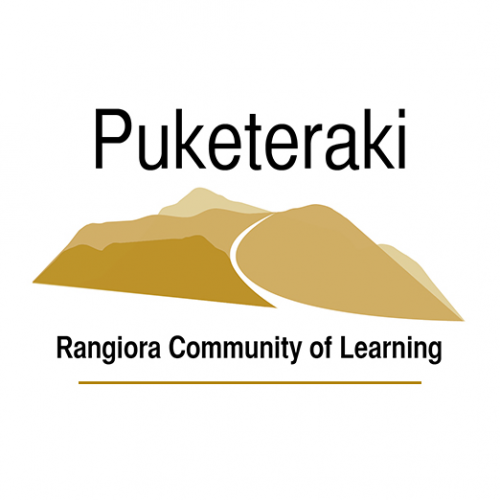
Swannanoa Learning Walks
Choice and Challenge Writing Framework
Swannanoa School: Year 6-8
Why: Provided lots of choice and challenge to support student agency; sits alongside direct teaching (workshops) as a creative outlet for writing practice.
What: Matrix of activities that can be used for both practice and assessment / reporting (LLPs and SeeSaw) for children to work through alongside teacher workshops. Easily identifiable accountability / progress through highlighting.
How: Implemented in senior school, supplementary to workshops. Students to springboard from as extra, self-chosen, engaging, learning activities to support core teaching of skills during workshops.

Seamless Learning Partnerships
If learning is ubiquitous - anywhere, anytime, anyone....
what does it look like when everyone (teacher, student, whanau, community) is learning with, sharing with and teaching each other?
Swannanoa School: Year 5-8
Why: Creating a culture and environment where there are no gatekeepers of knowledge but everyone can learn, share and teach.
What: Opportunities given and encouraged for people to share their knowledge - in contextual curriculum teaching and Year 5-8 electives. Students don’t know what they don’t know. It’s about peaking their curiosity, fanning their interest and giving them the confidence to have a go at something new.
How: Teachers collaborate and create the environment for this to occur.

Student Shopping for Learning!
Balance the delivery of your programme to enable students to be successful in their contextualised learning.
Swannanoa School: Year 6-8
Why: To enable students to be successful in their contextualised learning.
What: Skill based workshops are run prior to contextualised learning groups. In these sessions the ‘skills’ are focused on. Students are able to ‘buy into’ mixed ability groups that cater to their learning needs. All students are able to articulate their learning goals and needs as they are driving what group they are in. Utilizing a platform like the LLP (literacy learning progressions) students take responsibility for their own learning.
How: Teachers run focused learning groups around CORE learning. This is something that could be used across all levels. In the secondary sector workshops could be run as CORE classes.

High Engagment: Student Designed Learning
When students get choice and agency, their engagement increases.
Swannanoa School: Year 7-8
Why: To utilise their interest and curiosity to enhance student engagement and achievement. Once they’re engaged, you can’t stop them - they want to learn!
What: Students are given the opportunity to design their own tasks within the curriculum. The process is scaffolded and supported by teachers who are more familiar with the various aspects of the curriculum.
How: Learning conversations are a powerful tool in expanding students thinking. Vital skills and key competencies are taught to allow development future lifelong learning. Get out of the way of the learning.

School Culture and Coherence
For a school to work collaboratively and effectively there needs to be a strong culture embedded into the school.
Why: to enable a safe place where teachers can ‘play’ and ‘explore’ learning that is relevant for their students and teachers, while building coherence across the school.
What: Enabling opportunities to explore and trial new learning ideas and problem solve along the way. Mentoring teachers, but enabling teams to design their own thinking that fits with their students and team. At the same time building coherence are key non negotiables and pedagogy is important to build a whole school culture e.g., MATES, embedding school values, mixed ability groupings, use of LLPs, flexible and student focused pedagogy.
How: Brainstorm what we want out of your workplace. Discuss scenarios and agreed pedagogies. Come to a consensus as a school about what to include. Encourage sharing around what is happening by having school walkthroughs.

Table Top Activities
Provide choice and voice to students and practise self-management.
Swannanoa School year 6-8
Why: Table top activities allow students to explore learning at their own pace and follow an area of interest from the table top activities
What: Learning artefacts to support an activity are stored in a container that also acts as a display advertising the activity. Students self select the learning and manage time to complete a number of tabletop activities within a negotiated time
How: Table top activities are relevant to the theme or learning area. Learners Teachers are available as learner consultants to support the students while other teachers offer workshops or CORE learning skill support.
Riffs and variations: Increase learner participation by allowing students to develop table top activities.

